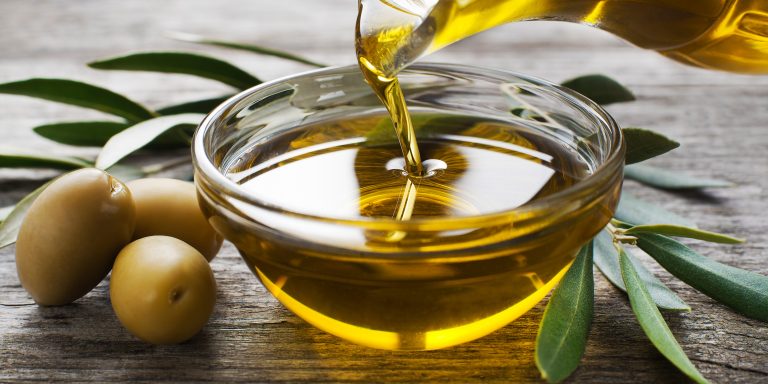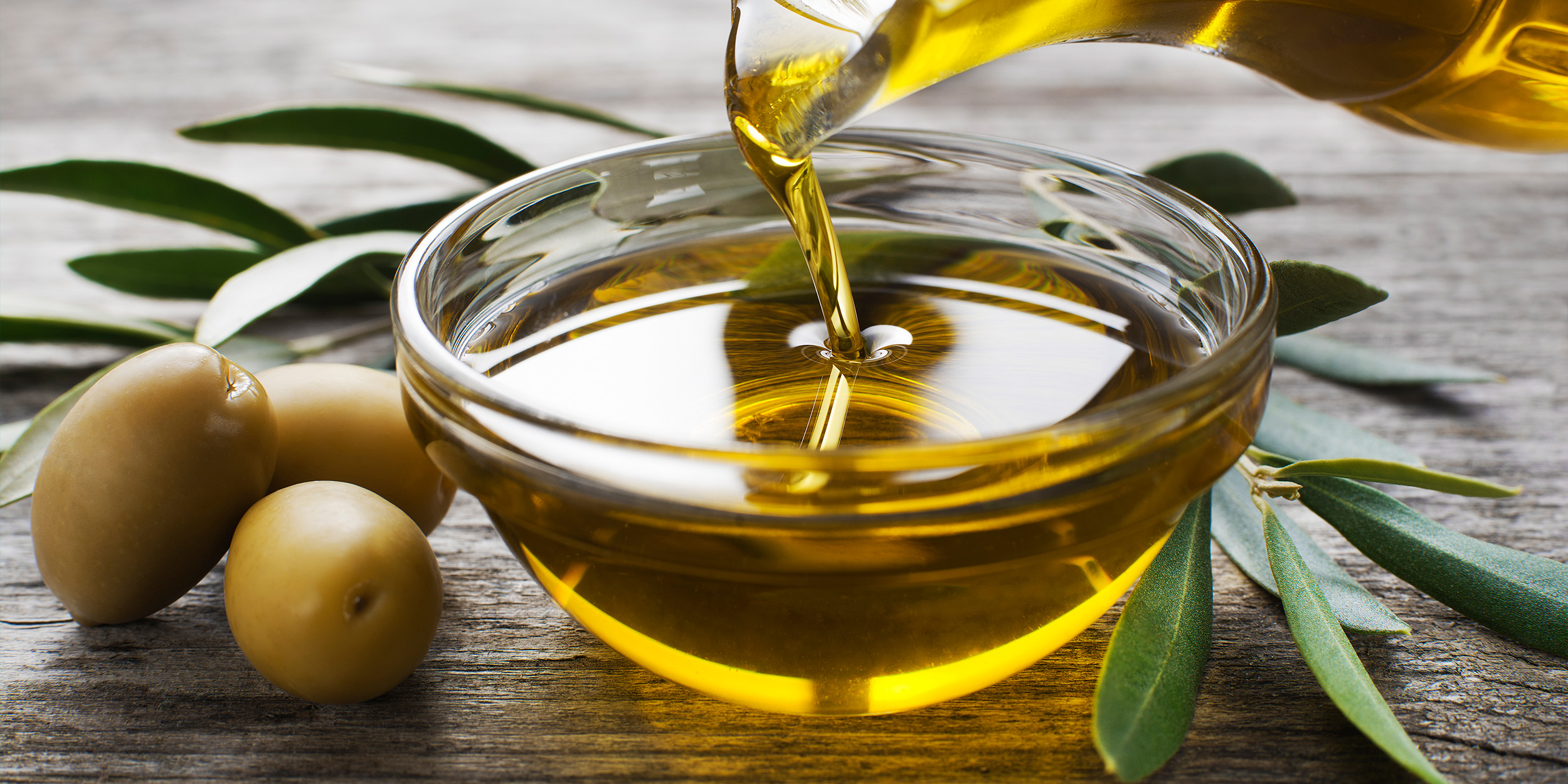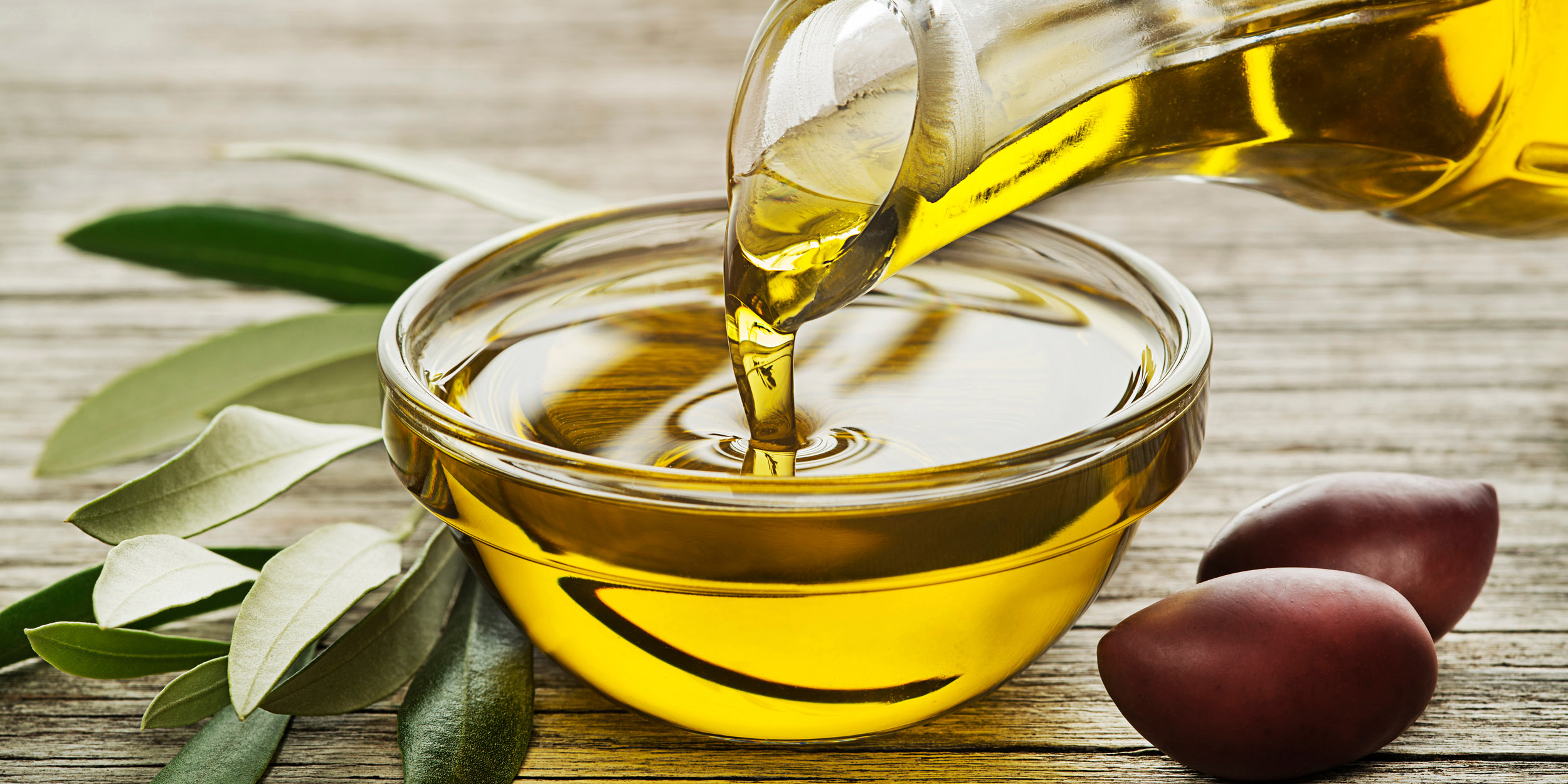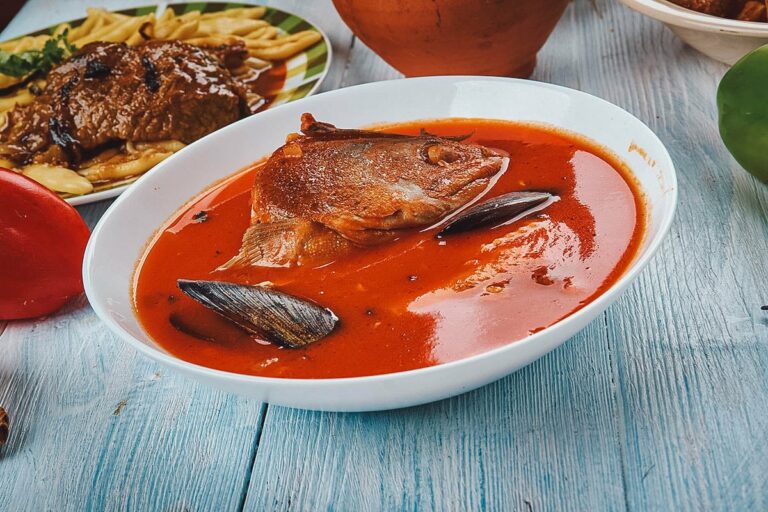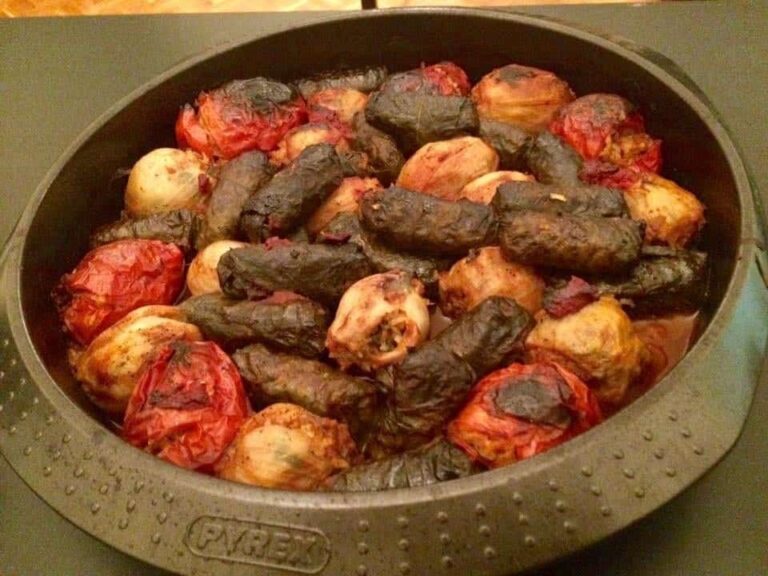Pickling feta is one of the classic ways of preparing sheep’s milk cheese. We’ll show you a simple recipe that you can use to make pickled sheep’s cheese at home – also with vegan alternatives.
To pickle feta, you need olive oil, fresh herbs, and a little patience. The preparation of the Mediterranean appetizer is quick and uncomplicated, but in order for the flavor of the herbs to develop fully, the cheese must then sit for at least 24 hours. You should pay particular attention to this quiet time if you are expecting guests.
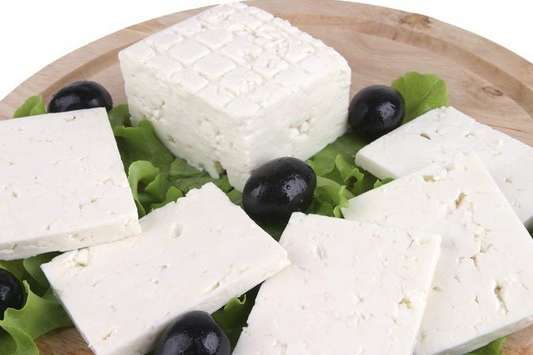
You can insert feta in one piece or diced. We show you a recipe for pickled feta cubes here – but you can also use the same ingredients to pickle two whole slices of feta. You may need a little less olive oil.
Especially when it comes to dairy products like feta, it is important that you choose products with an organic seal when shopping. This is how you support companies that keep their animals in a more species-appropriate manner. If you generally do not consume any animal-based foods, we will give you tips for vegan variants of pickled feta at the end of this article.
It is also worth paying attention to organic quality and regional origin for the other ingredients. You can get thyme and rosemary, for example, from German cultivation and can thus avoid unnecessarily long transport routes. Or you grow your herbs yourself. You can find tips on this here, for example: Creating a herb bed: Tips on types, care and harvest.
Pickle Feta: Easy recipe for feta in olive oil
Ingredients:
5 sprigs of thyme 2 sprigs of rosemary 2 small chili peppers
4 cloves) garlic
400 g feta
400 mlolive oil
Directions:
Prepare two mason jars, about 250 milliliters each.
Wash the thyme and rosemary and then shake them dry. Pluck the thyme leaves from the sprigs and cut the rosemary sprigs into short pieces.
Wash the chillies and cut them in half lengthwise. Remove the core casings. Then cut the chili halves into strips.
Peel the garlic and cut it into thin slices.
Dice the feta. If you want to insert it in one go, skip this step.
Pour the feta cubes into the provided mason jars. If you want to pickle two whole pieces of feta, place them side by side in a shallow lidded container instead.
Sprinkle the feta with herbs, garlic and chili.
Distribute the olive oil evenly between the two glasses or pour it over the two feta pieces.
Close the jars tightly and leave them in the fridge for at least 24 hours. The longer the glasses stand, the more intense the herbal aroma becomes. However, you should not leave the pickled feta for longer than a week.
Insert feta: Serving suggestions and vegan alternatives

Pickled feta cheese goes well with most Mediterranean herbs. You can therefore change the herbs in the recipe according to your own taste and, for example, use oregano, basil or marjoram. The feta also tastes very good with herbs de Provence.
For example, you can serve flatbread or ciabatta bread with the pickled feta. It is also good for antipasti plates or a Greek salad. It is best to take the feta out of the fridge about half an hour before serving. At room temperature, its taste is stronger.
By the way, if you avoid animal products in your diet, you can simply swap the feta for the same amount of untreated tofu. This is the simplest alternative. You can find detailed instructions here: Vegan Feta: With this recipe you make it yourself.
In many health food stores you can now also find other plant-based substitutes for feta, most of which are based on coconut oil. As a rule, you can process them in the same way as real feta made from sheep’s milk.

